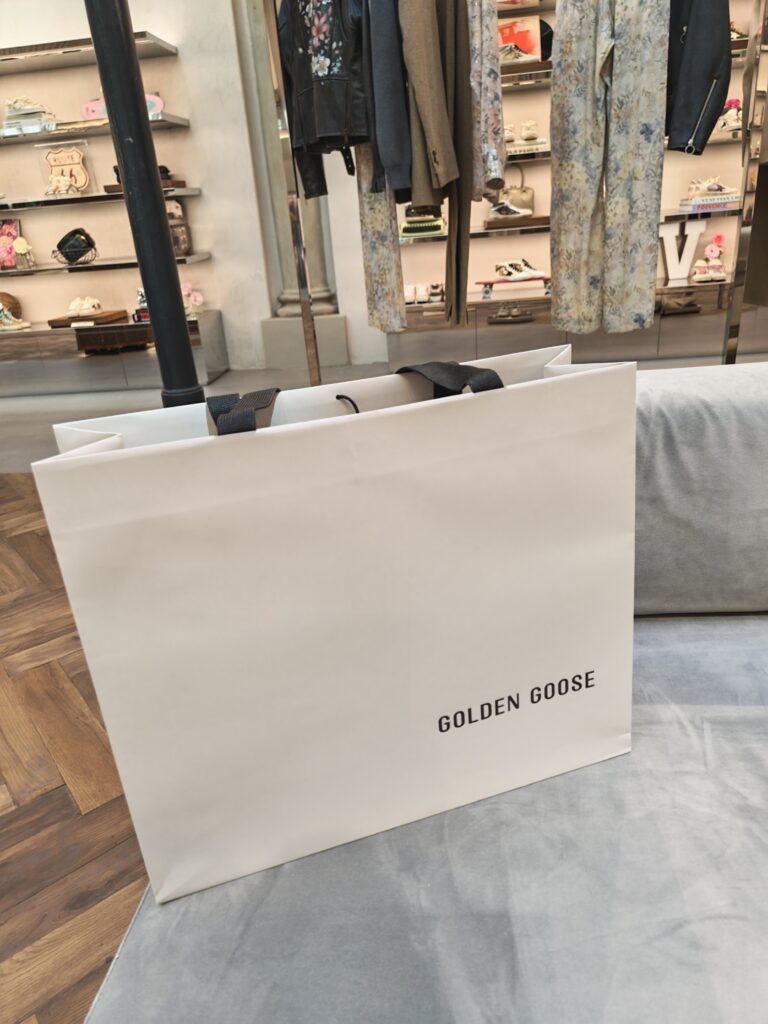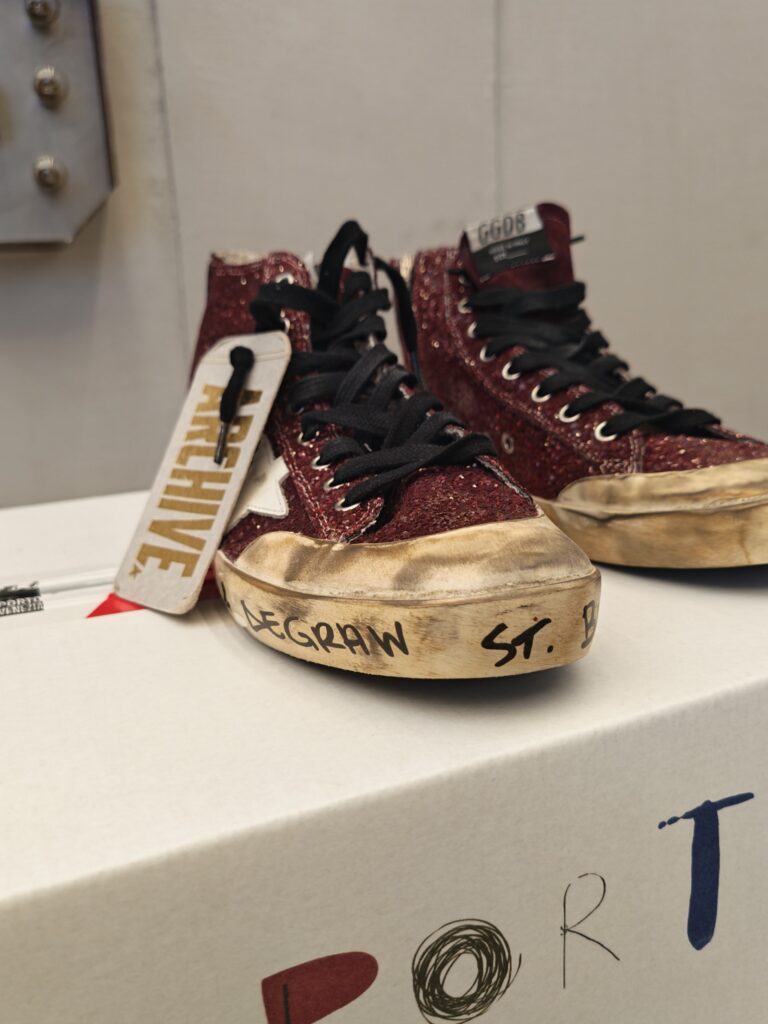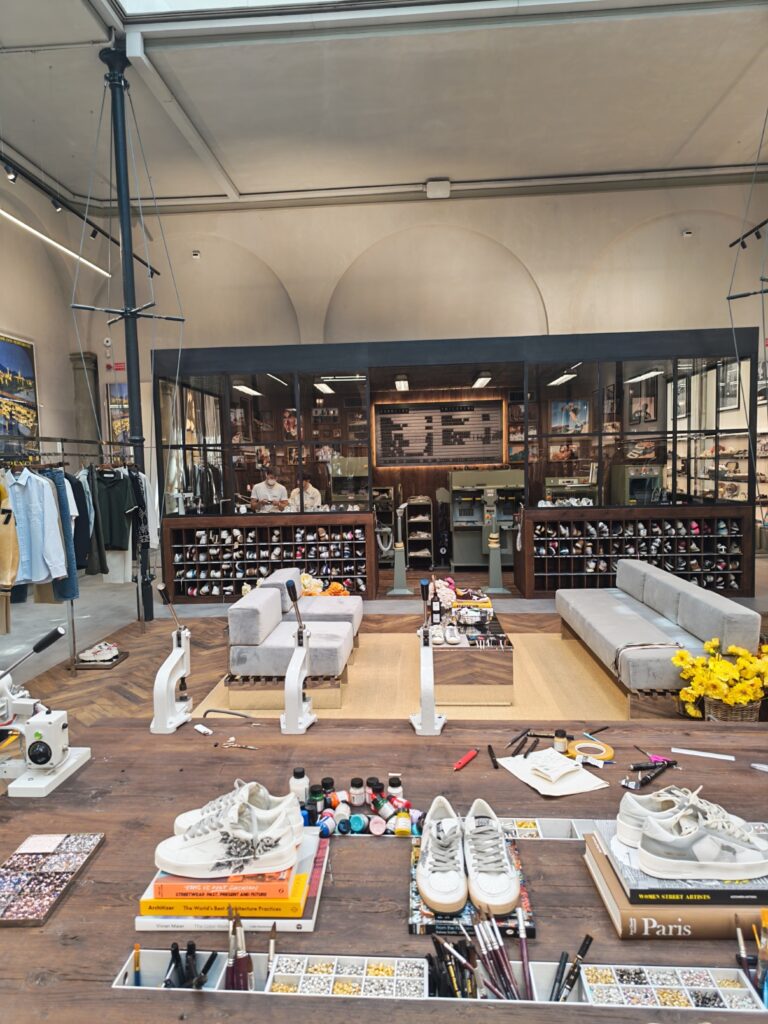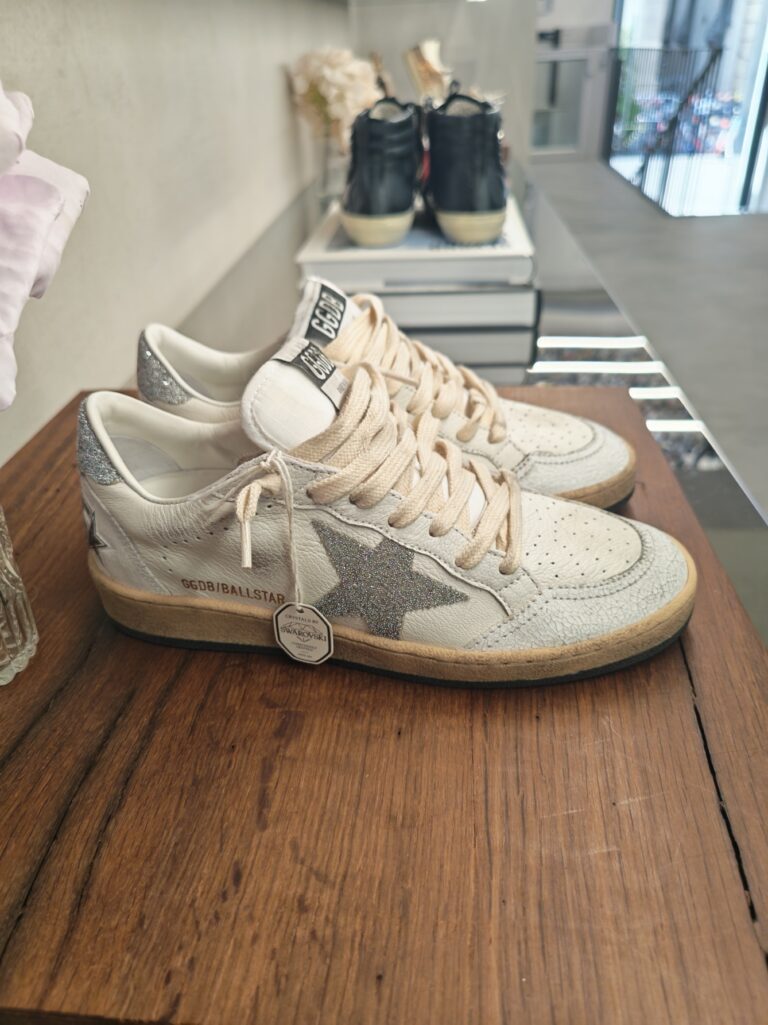I’ll start with a confession: I bought my daughter a pair of Golden Goose sneakers. Yes, those sneakers that look like they’ve survived three music festivals, a zombie apocalypse, and a decade in the back of a garage. The kicker? They cost more than a perfectly functional pair of luxury shoes that still sparkle fresh out of the box.
As a businessperson, a marketer, and a father, I’m still trying to figure out how this happened.
Let me set the stage: Golden Goose has positioned itself as a “luxury lifestyle” sneaker brand from Italy. Except instead of promising the pristine, flawless glamour of, say, Christian Louboutin or Jimmy Choo, they flipped the script. Their sneakers are scuffed, dirty, and proudly imperfect—on purpose. And yet, people are lining up (and paying upwards of $500–$700) to wear them.
Why? Because branding. Because marketing. Because influencers. And because, apparently, peer pressure doesn’t expire with high school—it just gets rebranded as “community.”
The Power of Influencers
Golden Goose pulled off one of the most brilliant marketing sleights of hand in recent years. They didn’t just build shoes; they built a movement. Celebrities from Taylor Swift and Selena Gomez to Kristen Stewart and Jude Law have all been spotted in Golden Goose sneakers. Cameron Diaz wore them, Gwyneth Paltrow wore them, and even basketball stars like LeBron James have been photographed in them.
The effect? The sneakers became more than footwear—they became a signal. If Taylor wears them to brunch, if Selena pairs them with streetwear, and if Jude Law can make them look nonchalant on a coffee run, then suddenly scuffed sneakers are not sloppy. They’re aspirational. They whisper: “I don’t have to try too hard, because I’m already in the club.”
And then, like clockwork, the influencers took over. Instagram, TikTok, Pinterest—feeds flooded with “effortlessly cool” outfits featuring Golden Goose. Every scuff mark was now a badge of authenticity. Every deliberate smudge, a carefully manufactured rebellion.
The Illusion of Scarcity
Scarcity is a classic trick in branding, and Golden Goose wields it like a magician. They release limited runs, limited colors, and create the sense that if you don’t buy now, you’ll never get your hands on that exact pair again. It’s the sneaker equivalent of “fear of missing out.”
My daughter didn’t want a sneaker. She wanted that exact sneaker she saw on TikTok, with the precise “accidental” scuffing pattern and the sparkly star logo. At that point, I could have given her five pairs of spotless Nikes and she would have looked at me like I tried to pass off a can of Pepsi at a Coca-Cola convention.
The Parent’s Dilemma
Here’s where my rational brain collapsed. I knew all this. I’ve worked in media, branding, and tech long enough to spot manufactured hype from a mile away. I’ve sat in boardrooms where strategies like this were discussed, dissected, and sold. I’ve given talks about how storytelling can transform commodities into must-haves.
And yet, none of that mattered when my daughter looked at me and said, “Dad, all my friends have them.”
At that moment, it wasn’t about sneakers. It was about belonging. About identity. About her ability to fit into a circle where everyone spoke the language of Golden Goose.
And so, despite every spreadsheet in my brain screaming “negative ROI,” I pulled out my credit card.
The Genius of Branding
Let’s give credit where it’s due. Golden Goose pulled off the kind of brand magic most companies dream of. They created a paradox: charge premium prices for something that looks cheap. Sell imperfection as perfection. Make worn-out the new luxury.
It’s anti-fashion turned into fashion. And it’s brilliant.
From a business perspective, it’s case study material. They managed to:
-
Differentiate in a saturated market. Sneakers are everywhere. But distressed luxury sneakers? That’s a niche they own.
-
Leverage celebrity credibility. When Taylor Swift wears something, it becomes canon. Golden Goose understood this and made celebrities the cornerstone of their brand narrative.
-
Build emotional value. The sneakers aren’t really about comfort or durability. They’re about belonging, signaling, and identity.
-
Monetize rebellion. They took what looked like a rebellion against polished luxury and turned it into polished luxury. It’s counterculture that somehow got a couture price tag.
My Takeaway (and Slight Regret)
Do I regret buying them? A little. But here’s the thing: Golden Goose didn’t sell me sneakers. They sold me inevitability. They made sure that when my daughter asked, I already knew I had lost the battle.
And maybe that’s the bigger lesson. In business, logic isn’t always what wins. Emotion does. Storytelling does. Social proof does.
I still don’t understand, on a human level, why anyone would willingly pay that much money for shoes that look like they’ve survived an earthquake. But on a branding level, I get it completely.
The dirty sneaker, it turns out, is the cleanest example of how powerful branding can be.
The dirty sneaker, it turns out, is the cleanest example of how powerful branding can be.
For me, the real takeaway isn’t about Golden Goose at all—it’s about how desire is manufactured, how communities shape decisions, and how even the most rational among us are influenced by perception over logic. Whether you’re building sneakers, software, or media platforms, the lesson is clear: branding isn’t just decoration, it’s strategy. It can transform the ordinary into extraordinary and make the illogical feel inevitable.









